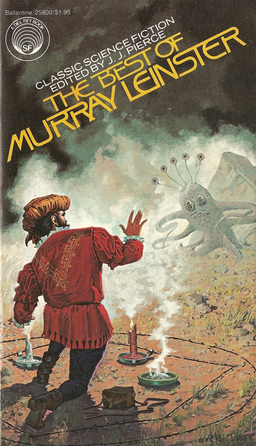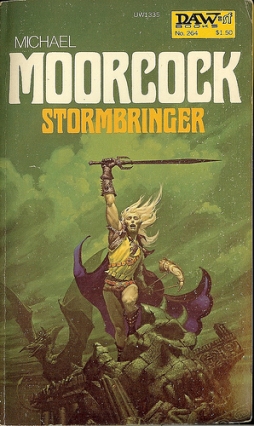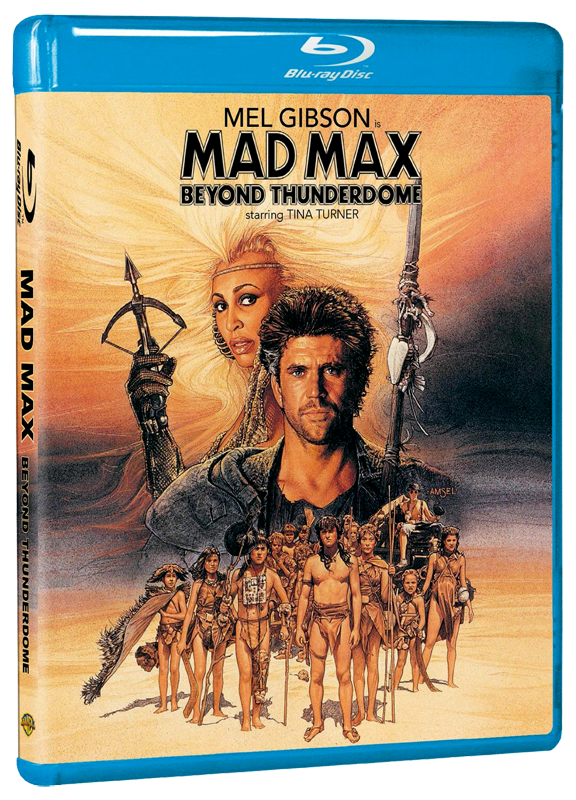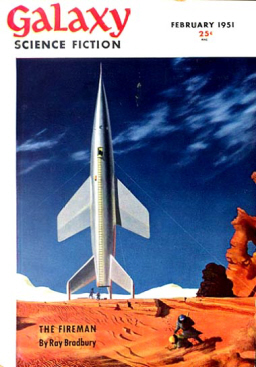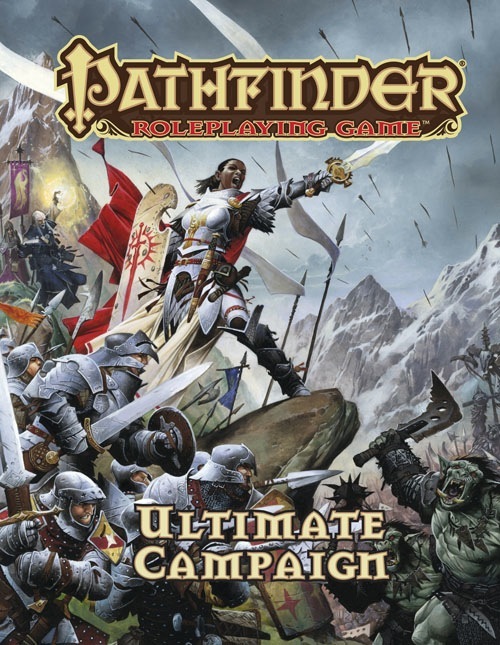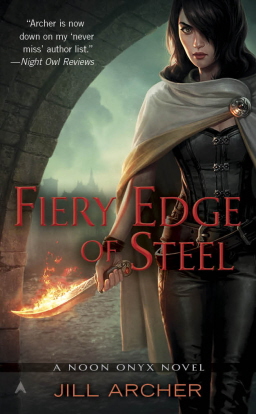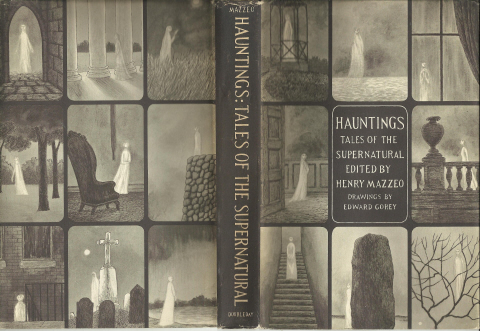Goth Chick News: Zombies and the Lost Art of Radio Drama
 Welcome ladies and gentlemen. Before we begin, I should warn you that some of you may find what you are about to hear rather… disturbing.
Welcome ladies and gentlemen. Before we begin, I should warn you that some of you may find what you are about to hear rather… disturbing.
(Evil laugh and blood-curling scream).
Before TV and way before DVD’s and the Roku, home entertainment consisted of the family radio and more specifically the radio drama. As purely acoustic performances with no visual component, radio dramas depended on dialogue, music, sound effects and talented actors to help the listener imagine the characters and story, making radio drama the perfect mind theater to play host to some extremely effective tales of terror.
Inner Sanctum, Quiet Please, Suspense and The Shadow have become neo-classics with a cult following. But sadly, radio dramas in the US have become very difficult to find in the modern day, though they still enjoy mainstream popularity in the UK and Germany.
That is until KC Wayland and Shane Salk decided what the world really needed was a revival of the radio drama, or rather radio horror, and what better subject to explore than a zombie apocalypse?
These days, of course, no radio is required.
Point the web accessible device of your choice to www.zombiepodcast.com and discover what over a million of us other zombiephiles already know; We’re Alive is a contemporary radio drama about a zombie outbreak in Los Angeles and the band of survivors that are struggling to stay alive day to day.
And it is awesome.
